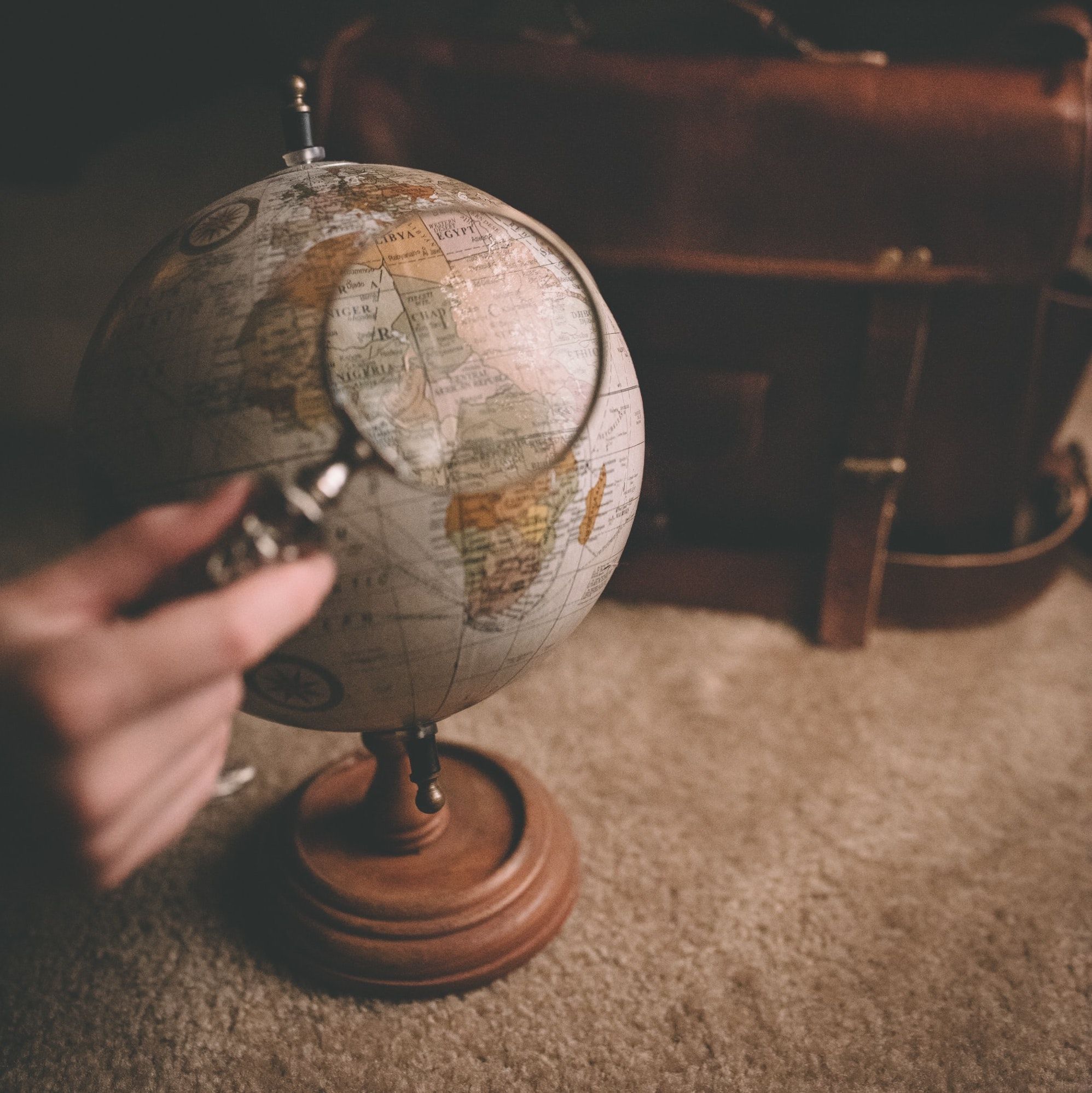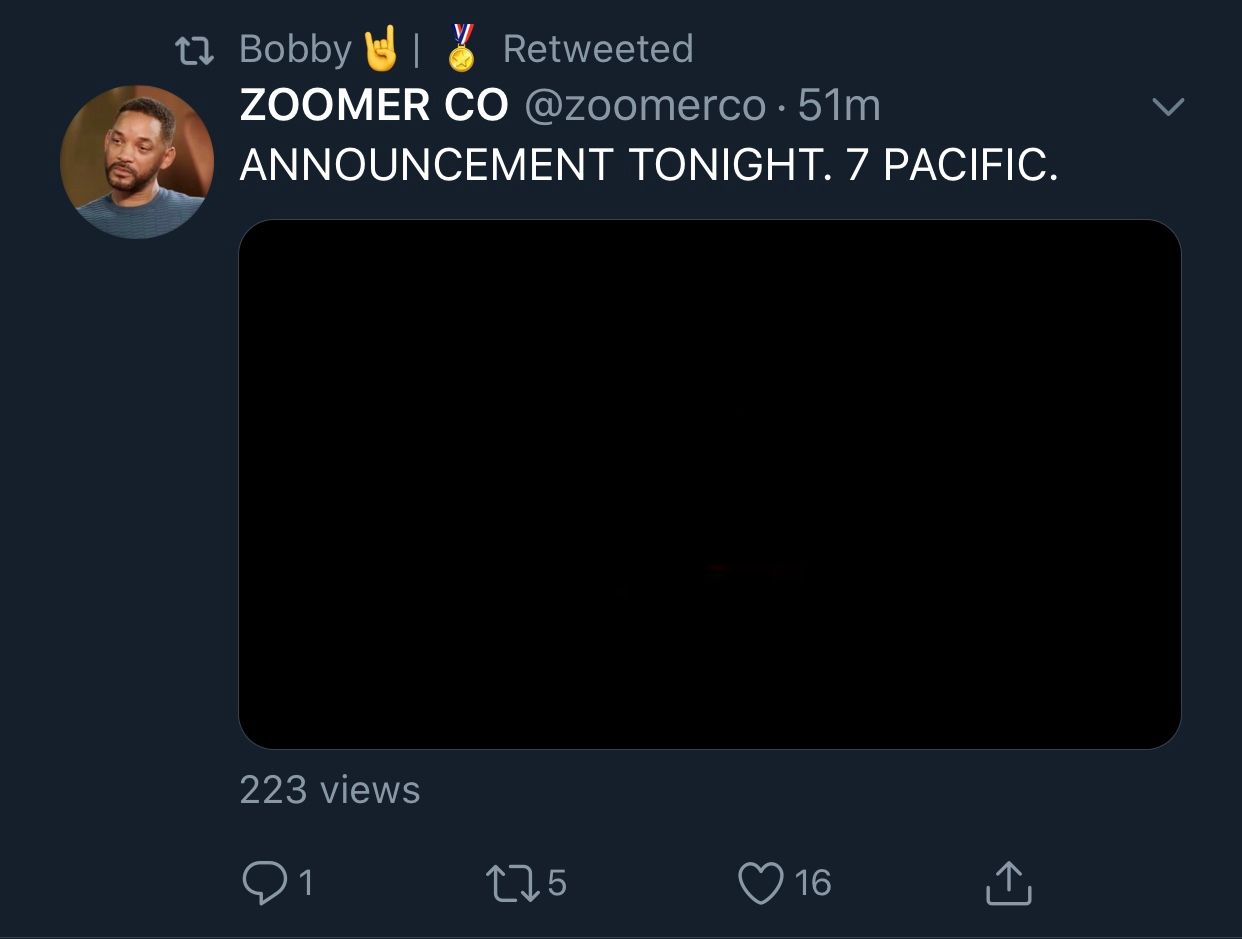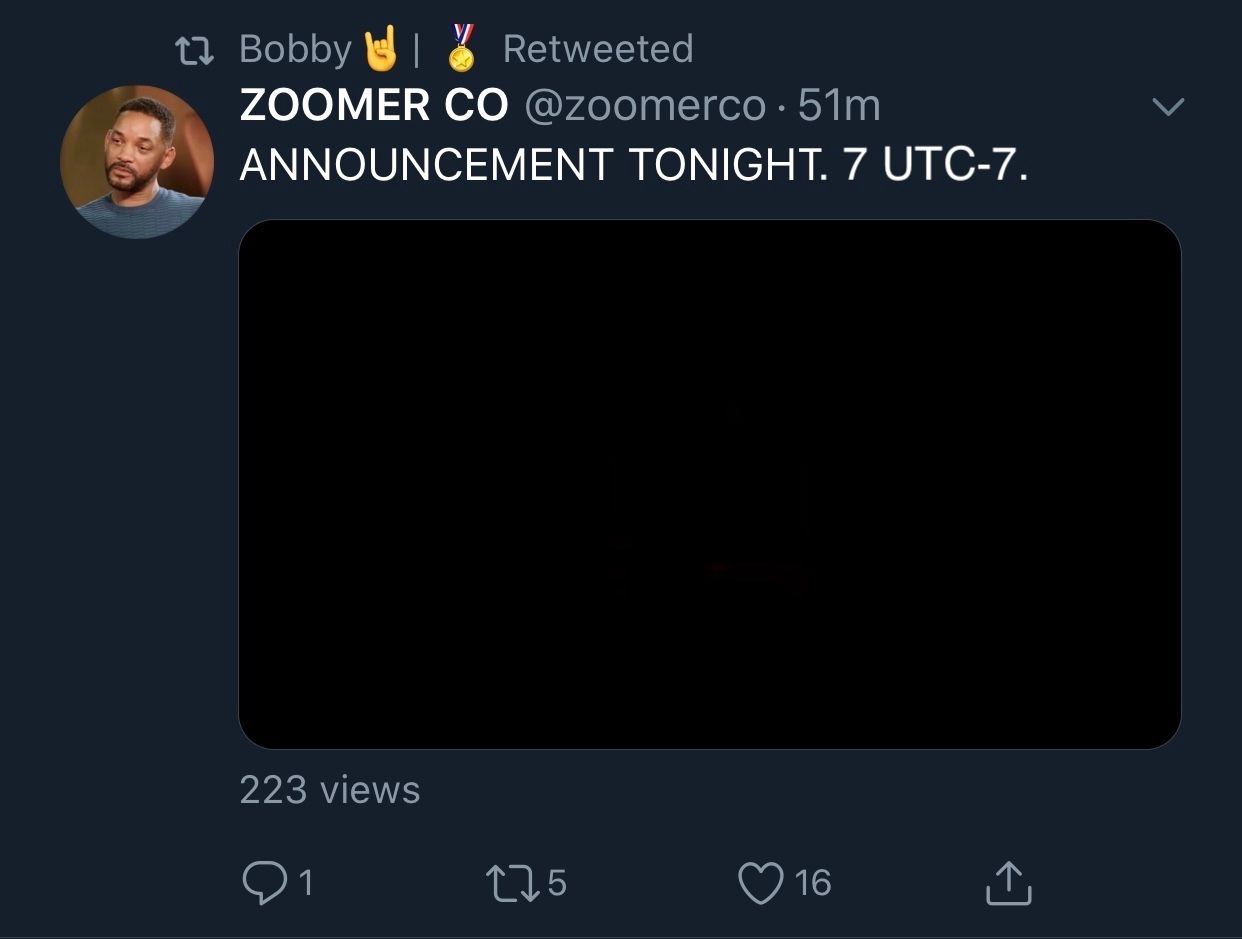Let's start using UTC for timezone coordination
Timezones are hard because we use their confusing acronyms, which don't translate between countries.

Remote work and online communication is becoming more common. Events—typically held in-person at a single venue—now span, and reach people from, the entire world.
One of the biggest challenges we face when arranging calls, meet-ups and events across the globe is timing. Timezones are hard to deal with—always have been—and we often have to spend extra brain power to convert events or calls into our own local time.
The problem: timezone names
A major reason for all the confusion and complications with cross-timezone coordination is that we tend to use timezone names.
It's common to see something listed at "9AM CT" or "1PM EST", but unless you're intimately familiar with every timezone acronym in the world, these are most of the time meaningless to most people.
A good example is this: Americans know what PT, MT, CT and ET are but the majority of the world do not. It's common for these to be shown to a global audience.


With online events and meetups attracting attendees from around the world, you quickly see how useless and full of friction timezone names are.
Asking "Are you free at 4PM PT" means nothing to anyone outside the US. Saying "The call is at 9AM EST" means nothing to people in Asia (and even to a lot of the European population!).
If I ask you which timezone Amsterdam is in, do you know? How about Tokyo? New York? These are major cities globally, yet we don't know their timezones. This, in itself, isn't a problem, but it is a big problem as soon as you try to connect with someone in those cities.
Daylight savings just make it worse
Summer/daylight savings create duplicates of many timezones. For example, PT or "Pacific" (as seen above) isn't actually a timezone itself. PT means either PDT or PST, depending of the time of year. Annoyingly, some places in North America don't switch between the two at the same time.
I grew up in England, where we have GMT in the winter and BST (GMT+1) in the summer. Europe has WET and WEST, CET and CEST, EET and EEST.
Luckily, the whole of Europe changes timezone on the same day, but timezone switching is not a cohesive effort around the world. It gets very messy around March and October when some countries move ahead or behind weeks before you do.
And some countries, like many in the Middle East, don't use daylight savings at all, staying in the same timezone year-round.
It's all so difficult, but it doesn't have to be.
The solution: UTC
There is a very easy solution.
We just need to stop using timezone names.
If we use UTC offsets instead, things are instantly clearer, more readable and digestible (no more wasted brain power on timezone conversions).
UTC stands for "Coordinated Universal Time" and is considered a successor to GMT. UTC+0 is the timezone of London, where GMT ("Greenwich Mean Time") was created as the base or origin timezone.
Instead of having to memorise tens of anagrams, each timezone simply has a positive or negative offset from UTC. Once you know your own offset (PDT is UTC-7, for example), it's incredibly fast to understand and compute the time difference between you and your colleagues.
I live in UTC+4. A colleague in New York City (currently UTC-4) is 8 hours behind me. It's so simple.
I do some freelance work for a magazine in Melbourne, which is currently UTC+10. I'm 6 hours behind. Easy.
Use UTC
When you next organise an event or call, give out the time using the UTC offset, not the timezone.
You can use your own timezone (eg. 2PM UTC+4 for me) or you could just use UTC (10AM UTC). It doesn't matter, as it's all just one numerical scale.
We will all thank you.

Subscribe to the newsletter
Join 90+ members and get my new blog posts in your inbox.
Comments
Please subscribe or sign in to join the conversation!